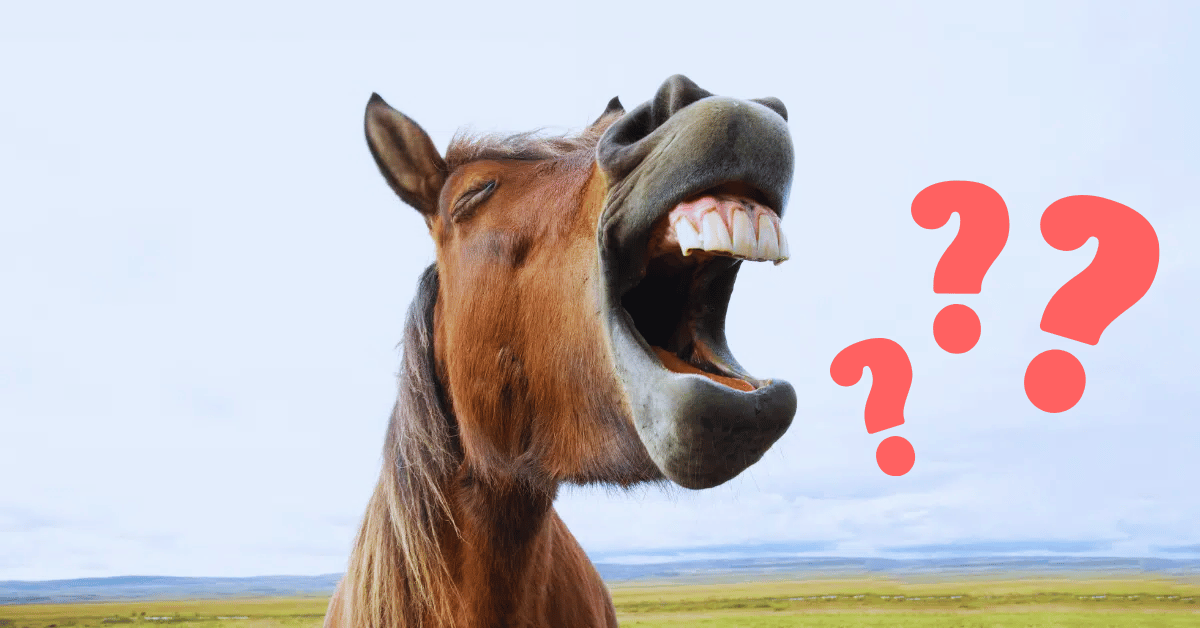When it comes to horses, their majestic beauty and powerful presence are captivating, but their delicate internal systems tell a different story. One of the most perplexing questions for equine enthusiasts and owners is: Can Horses Throw Up? The answer may surprise you—and it’s more than just a curiosity. Unlike many other animals, horses are physiologically incapable of vomiting, a fact that makes their digestive systems both fascinating and vulnerable.
But why? What makes their anatomy so different? And more importantly, what risks does this limitation pose to their health? Imagine a scenario where a horse consumes something toxic or indigestible—without the ability to expel it, the consequences can spiral dangerously fast.
This biological quirk underscores the importance of understanding the intricacies of equine digestion, arming you with the knowledge to protect and nurture your horse. Dive in as we unravel the mystery of this remarkable yet fragile digestive system.
Understanding Horse Digestion
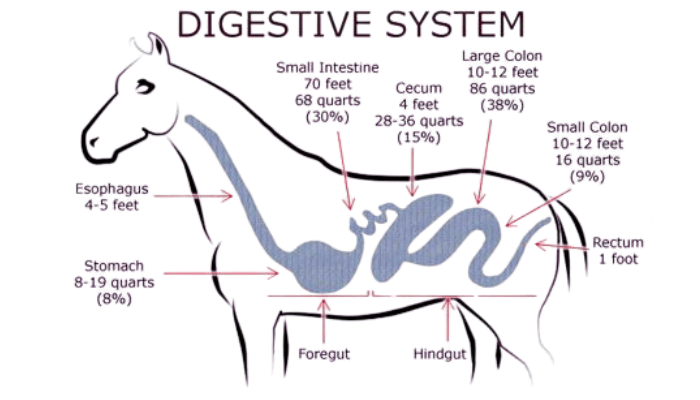
Anatomical Factors Preventing Vomiting
Horses are unique in their inability to vomit, a characteristic attributed to several anatomical and physiological factors. These mechanisms help explain why horses cannot expel contents from their stomach through the mouth:
Unidirectional Esophageal Waves:
- Food moves through the esophagus in one direction due to strong peristaltic waves. (Central Lakes Equine)
The Cardiac Sphincter:
- This is a powerful, one-way valve located at the junction of the esophagus and stomach. It prevents the contents of the stomach from re-entering the esophagus. (Quora)
Stomach Angle and Location:
- The esophagus enters the stomach at a steep angle, coupled with the stomach being deeply situated within the rib cage. This physical setup aids in preventing any backflow. (IFLScience)
These anatomical structures work together to ensure that once a horse swallows food or water, it stays in the stomach until it moves to the next part of the digestive system.
Implications of Inability to Vomit
The inability to vomit has significant implications for equine health:
Pressure Build-Up:
- Without the ability to vomit, any accumulation of gas, ingest, or fluid in the stomach can lead to painful distension. This can be fatal if the stomach ruptures due to excessive pressure. (Quora)
Increased Risk of Colic:
- Colic, a term used to describe abdominal pain, is often related to digestive tract issues and is more dangerous in horses because they cannot relieve pressure through vomiting. This condition can be caused by poor-quality feed, insufficient water intake, and lack of exercise. Immediate veterinary intervention is crucial to prevent fatal outcomes. (Quora)
Critical Monitoring and Care:
- Regular monitoring and proactive management are essential to detect early signs of digestive distress in horses. Adopting proper feeding practices and ensuring they have access to clean water and are exercised regularly can help mitigate the risks associated with their inability to vomit.
Understanding these factors is vital for horse owners to provide the best care and manage the unique digestive health challenges their animals may face. For more information on equine health and well-being, explore our articles on can horses eat bananas and do horse sleep.
Health Risks for Horses
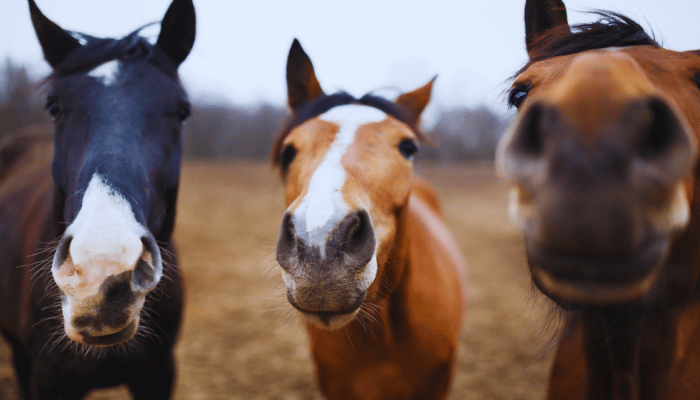
The unique digestive system of horses presents several health risks due to their inability to vomit. Understanding these risks is crucial for horse owners to ensure the well-being of their animals.
Digestive Complications
Horses cannot regurgitate or vomit due to their anatomical structure. This inability results from unidirectional waves in the esophagus, a powerful one-way valve called the cardiac sphincter, and the steep angle at which the esophagus enters the stomach (Horse Side Vet Guide). As a result, horses are prone to severe digestive complications such as distension and impaction.
If a horse’s stomach becomes overly distended with gas or liquid, it cannot relieve the pressure through vomiting. This condition can cause the stomach to rupture, posing a serious threat to the horse’s life. People who own horses need to be vigilant about the signs of digestive distress and seek veterinary care immediately if they observe symptoms like severe bloating, restlessness, or abdominal pain.
Colic and its Dangers
Colic is one of the most common and serious health issues in horses. It refers to abdominal pain which can have various causes such as gas accumulation, impaction, or twisted intestines. Since horses cannot vomit to relieve themselves, colic can quickly escalate to life-threatening situations.
| Colic Type | Description |
|---|---|
| Gas Colic | Accumulation of gas in the intestines. |
| Impaction Colic | Blockage due to feed or foreign material. |
| Torsion Colic | Twisting of the intestines, cutting off blood supply. |
In severe cases of colic, interventions such as passing a tube through the nose into the stomach are common practices to relieve pressure and remove excess gas or liquid (Central Lakes Equine). Recognizing early signs of colic, such as pawing the ground, looking at their flank, and rolling, are essential for timely intervention.
For more insights on horse health, explore topics like can horse sleep standing up and can horses eat bananas.
Given the severe risks associated with their digestive limitations, it’s imperative that horse owners practice proactive measures, including proper feeding practices and regular health monitoring. Learn more about how to manage these risks in our section on Preventative Care.
Managing A Non-Vomiting System
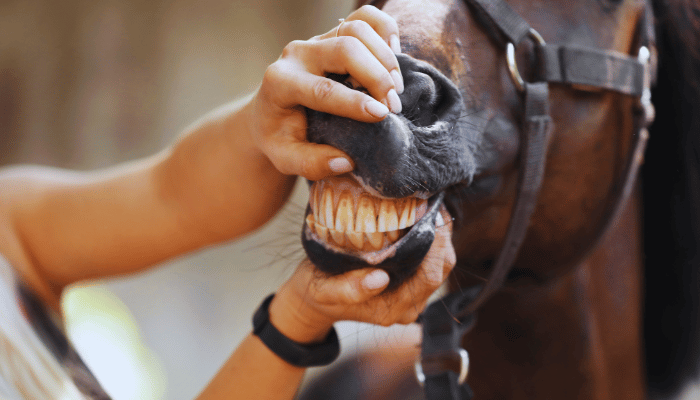
Veterinary Interventions
Horses cannot vomit due to unique anatomical features, which can lead to significant health risks if not managed properly. When a horse experiences digestive complications, fluids and ingesta can accumulate in the stomach and intestines. This accumulation can cause the gut and stomach to expand, leading to severe pain, weak peristalsis, and potentially lethal conditions like stomach or gut rupture, resulting in peritonitis and toxicosis.
One primary intervention is decompression, which involves placing a nasogastric tube to relieve the pressure built up by accumulated fluids and ingesta. This method not only alleviates pain but also prevents the cycle of expansion and rupture, safeguarding the horse’s health.
Preventative Care
Preventative care is crucial for managing the risks associated with a horse’s inability to vomit. Horse owners should engage in regular veterinary check-ups and be vigilant for signs of distress. Proper feeding practices and monitoring hasten the prevention of digestive complications like dilatation and weakened peristalsis, which can be fatal if neglected (Quora). Feeding horses smaller, more frequent meals rather than large infrequent ones can help maintain a steady digestive process.
Understanding the unique digestive system of horses highlights the necessity of these practices. Continuous secretion of gastric fluids in the absence of effective peristalsis can lead to serious complications. Ensuring a balanced diet and appropriate feeding schedule can mitigate many of these risks.
Regular monitoring also involves recognizing early signs of colic or other digestive issues. Quick intervention can prevent severe outcomes. For more related helpful tips, see our articles on can horse burp and can horses throw up.
By adhering to these preventive measures and being proactive about veterinary interventions, horse owners can effectively manage the dangers associated with a non-vomiting digestive system. Continuous education and awareness of these practices are vital to maintaining the health and well-being of horses.
Importance of Proactive Measures
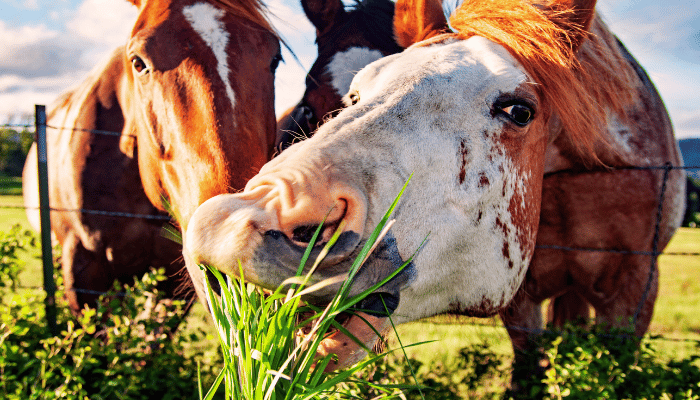
Ensuring a horse’s health and well-being requires proactive steps, especially given their unique digestive system that prevents them from vomiting.
Feeding Practices
Feeding practices are crucial for maintaining a horse’s health. Due to their inability to vomit, horses are at risk of ingest and fluids accumulating in their stomach and bowels, which can lead to painful dilatation, a condition that could be fatal if not treated (Quora).
- Small, Frequent Meals: Horses should be fed small quantities of food multiple times a day. This helps to prevent the overloading of their digestive system and reduces the risk of gastric distension.
- High-Fiber Diet: A diet rich in fiber, primarily through hay and pasture, aids in proper digestion and prevents gastrointestinal issues.
- Fresh Water: Constant access to clean and fresh water is a must to aid in digestion and prevent dehydration.
- Avoiding Overfeeding: Excessive feeding can lead to the accumulation of undigested food, increasing the risk of colic and other digestive complications.
| Feeding Guideline | Description |
|---|---|
| Small, Frequent Meals | Multiple times daily |
| High-Fiber Diet | Hay, pasture |
| Constant Fresh Water | Access to clean water |
| Avoid Overfeeding | Monitor quantity and quality |
Monitoring Health Regularly
Regular monitoring of a horse’s health is essential to catch any early signs of distress or illness. Horses constantly secrete gastric fluids, which need to be effectively handled to prevent conditions like dilatation and peristalsis weakening.
- Daily Observations: Note any changes in behavior, appetite, or physical condition. Early detection of issues like bloating, lethargy, or changes in manure can prevent more serious health problems.
- Regular Veterinary Check-Ups: Schedule routine visits with a veterinarian to ensure that any potential health issues are identified and treated promptly.
- Weight Monitoring: Keep track of the horse’s weight to ensure they are maintaining a healthy body condition. Sudden weight loss or gain can be a sign of underlying health issues.
- Health Records: Maintain a record of the horse’s health, including diet, exercise, vaccinations, and any medications. This helps in managing their overall well-being proactively.
For more information on maintaining horse health, refer to our articles on can horses sweat, can horses eat bananas, and can horses eat celery.
Proactive measures in feeding practices and regular health monitoring can significantly mitigate the risks associated with a horse’s non-vomiting system.

